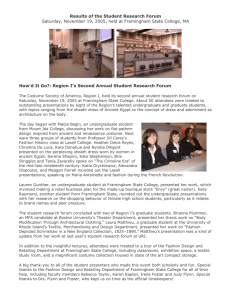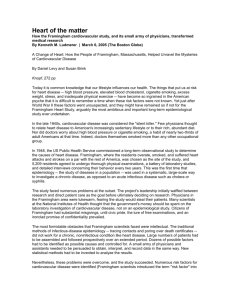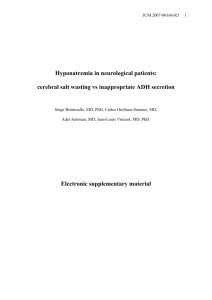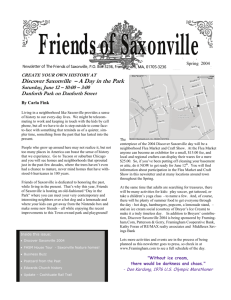Supplemental Material
advertisement
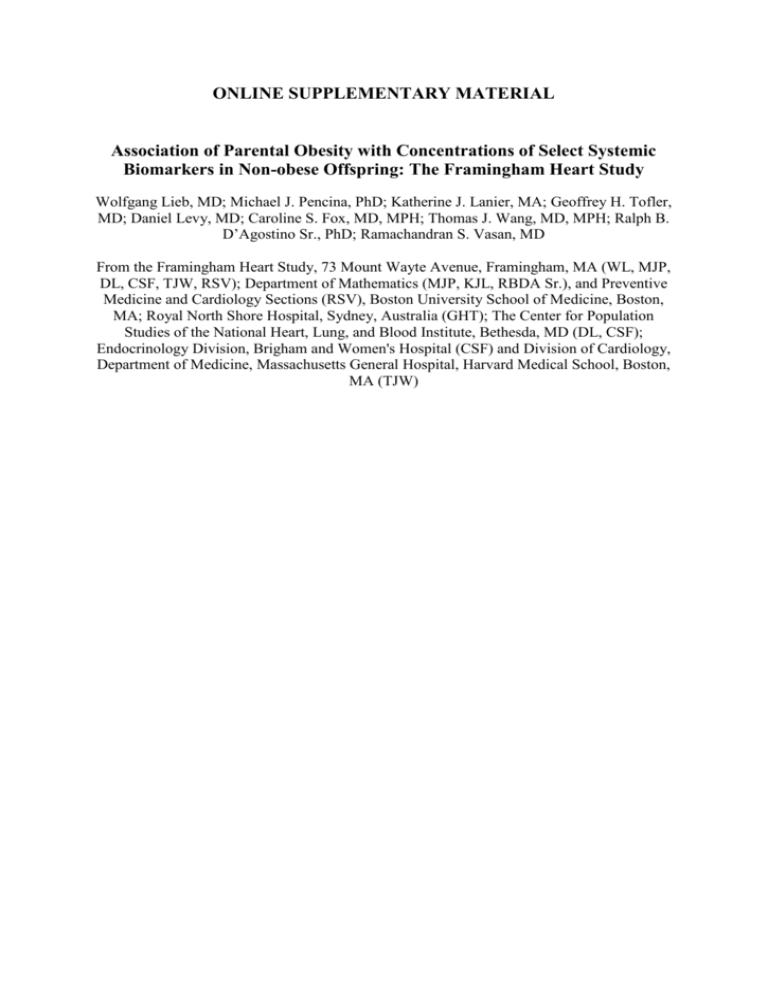
ONLINE SUPPLEMENTARY MATERIAL Association of Parental Obesity with Concentrations of Select Systemic Biomarkers in Non-obese Offspring: The Framingham Heart Study Wolfgang Lieb, MD; Michael J. Pencina, PhD; Katherine J. Lanier, MA; Geoffrey H. Tofler, MD; Daniel Levy, MD; Caroline S. Fox, MD, MPH; Thomas J. Wang, MD, MPH; Ralph B. D’Agostino Sr., PhD; Ramachandran S. Vasan, MD From the Framingham Heart Study, 73 Mount Wayte Avenue, Framingham, MA (WL, MJP, DL, CSF, TJW, RSV); Department of Mathematics (MJP, KJL, RBDA Sr.), and Preventive Medicine and Cardiology Sections (RSV), Boston University School of Medicine, Boston, MA; Royal North Shore Hospital, Sydney, Australia (GHT); The Center for Population Studies of the National Heart, Lung, and Blood Institute, Bethesda, MD (DL, CSF); Endocrinology Division, Brigham and Women's Hospital (CSF) and Division of Cardiology, Department of Medicine, Massachusetts General Hospital, Harvard Medical School, Boston, MA (TJW) RESEARCH DESIGN AND METHODS Study sample. In 1948, 2336 men and 2873 women were enrolled in the original cohort of the Framingham Heart Study, a longitudinal epidemiological study to investigate risk factors for cardiovascular disease. Starting in 1971, at total of 5,124 offspring of the original cohort and their spouses were enrolled in the Framingham Offspring study (1). Offspring study participants who were non-obese (BMI <30 kg/m²), free of prevalent cardiovascular disease at examination cycle 6 (1995-1998) and who had both parents in the original cohort were eligible for the present analysis (n=1,272). Offspring who did not have both parents in the original cohort were older, and had higher systolic blood pressure and lower total cholesterol levels. The study was conducted in accordance with the Helsinki Declaration and the study protocols were approved by the Boston University Medical Center Institutional Review Board. All participants gave written informed consent. Biomarker Measurements. We analyzed a set of 7 biomarkers that have been previously associated with adiposity-related traits or with obesity in our cohort. At examination cycle 6, blood was drawn after an overnight fast with the participant being in a supine position for 5 to 10 minutes. After venipuncture, blood was centrifuged immediately, and plasma and serum were stored at -80°C until the biomarkers were measured. High-sensitivity CRP was determined using a nephelometer (Dade Behring BN100). Serum aldosterone was measured with a radioimmunoassay (Quest Diagnostics) and plasma renin was measured using an immunochemiluminometric assay (Nichols assay, Quest Diagnostics). Plasma B-type natriuretic peptide and N-terminal proatrial natriuretic peptide were measured with highsensitivity immunoradiometric assays (Shionogi, Japan). Plasma levels of fibrinogen were assessed with the Claus method and PAI-1 antigen was measured by ELISA (TintElize PAI-1, Biopool AB). The average interassay coefficients of variation for the biomarkers were as follows: C-reactive protein, 2.2%; aldosterone, 4.0% (for high concentrations) and 9.8% (for low concentrations); renin, 2.0% (for high concentrations) and 10.0% (for low concentrations); Plasma B-type natriuretic peptide, 12.2%; N-terminal proatrial natriuretic peptide, 12.7%; fibrinogen, 2.6% and PAI-1, 7.7%. 2 REFERENCES 1. Kannel WB, Feinleib M, McNamara PM, Garrison RJ, Castelli,WP: An investigation of coronary heart disease in families. The Framingham offspring study. Am.J.Epidemiol. 110:281-290, 1979 3




